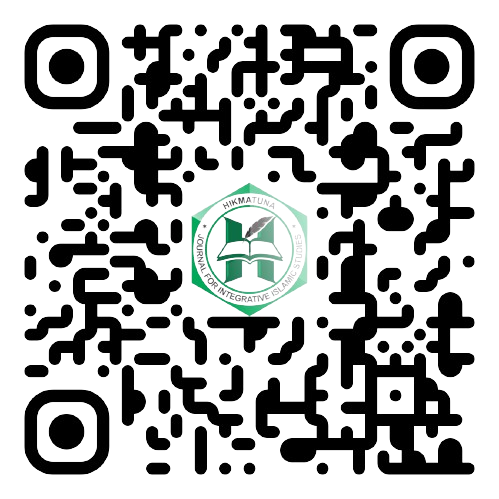The Religious Pattern of the Urban Community: a Study on an Nahl Islamic Study Congregation in Pilahan, Rejowinangun Village, Kotagede, Yogyakarta
DOI:
https://doi.org/10.28918/hikmatuna.v8i1.5365Keywords:
Religious Patterns, Urban Muslim, Islamic Study CongregationAbstract
Changes in public awareness of the value and appreciation of a religion are characterized by increasing religious awareness in the middle of communal life which is called a social reality. This also happened in the an Nahl Islamic study foundation.This study aims to determine the pattern of religiosity and the background of increasing religiosity in the an Nahl Islamic study congregation. A qualitative study was used in this study, starting from determining the location, subject and object of research, data collection methods, data analysis techniques, and data validity tests that produce data to explore the findings on the diversity of the city's Muslim community which is centered on the an-Nahl recitation congregation who have difference patterns. The emergence of the formation of the religious pattern of the urban Muslim community at the an Nahl Islamic study foundation is influenced by several factors ranging from internal factors, namely factors originating from the individual congregation itself, to external factors in the form of supporting facilities for the implementation of an Nahl Islamic study. There were two religious’ patterns, namely traditional Islam presented by NU and modern Islam presented by Muhammadiyah.
Downloads
Published
How to Cite
Issue
Section
License
Copyright (c) 2022 Hikmatuna : Journal for Integrative Islamic Studies

This work is licensed under a Creative Commons Attribution-ShareAlike 4.0 International License.















